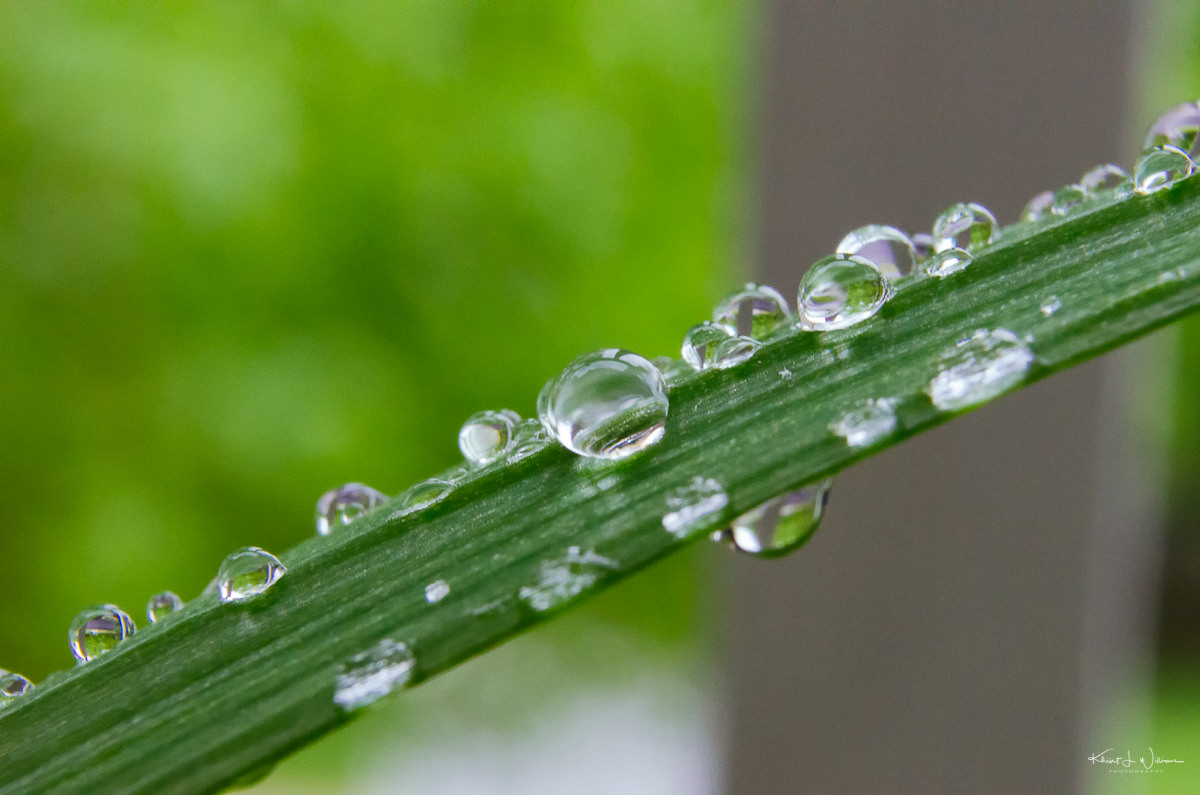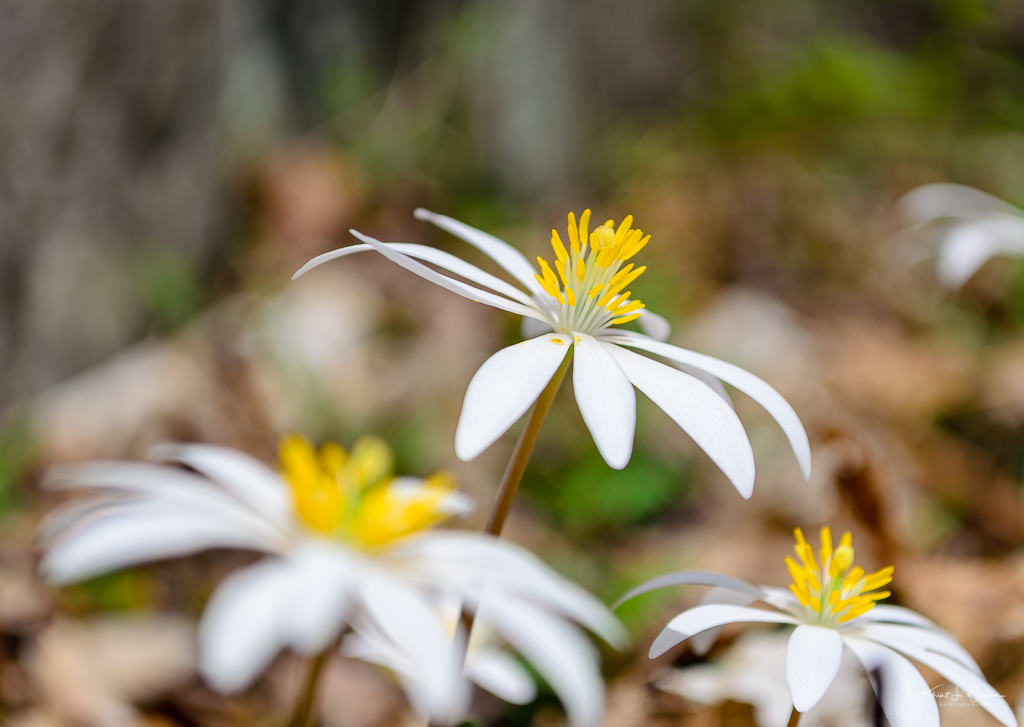Originally I was going to pass on this macro challenge. I didn't think I could find a catkin. But worse, I didn't know what a catkin was. But even with a Wikipedia and Google image search, I still could not think of where to find these. So I asked what a catkin was, and Susan answered. But still, where would I find these things. I had recalled seeing things that looked like catkins, but where?
I used Google and Flickr, and after a few hours, I thought I might be able to find some at the Rutgers University garden. I’m driving my son to campus for a meeting with his freshman academic advisor. He's been invited to attend the Honors College and spend much of his summer planning for the fall. The Cook College campus is about a forty-five-minute drive from home. Visiting the gardens will give me something to do while he meets.
It rained in the morning. I parked the car, set up the camera and walked around. I got wet. So did the camera. The gardens are beautiful, but I can imagine it is even more so when it's not raining. After about thirty minutes of walking around, I was ready to give up and walk home. I felt like a wildlife photographer looking for the elusive Yeti. Then I found my first catkin.
If you would like to test your patience, try shooting catkins in the rain with a macro lens with a slight breeze. After twenty minutes of that, I gave up. I found a pine tree with some catkins, but I found focusing on these conditions challenging. I also found lots of catkins under my feet. They had fallen from the trees above. Too high to climb (and not permissible in the gardens). I photographed the decaying catkins at my feet.
I looked at my images after importing them to Adobe Lightroom. They were mostly shit. Garbage. Many were blurry from the wind blowing them around. Others were full of ISO noise from having to shoot at high ISO. I deleted them all except for this one. It's the best of the best of them. It's not a sharp image. But I was fortunate to have a sliver of focus between the catkin and the leaf because the composition angle was mostly flat.
Macro Moments was created by avid macro photographer Susan Gutterman to share the beauty of macro photography and learn from other photographers. A new challenge begins on the 1st and 3rd Wednesday of each month. The winner’s photo may be featured on her blog and used as the banner in the announcement for the next challenge.




